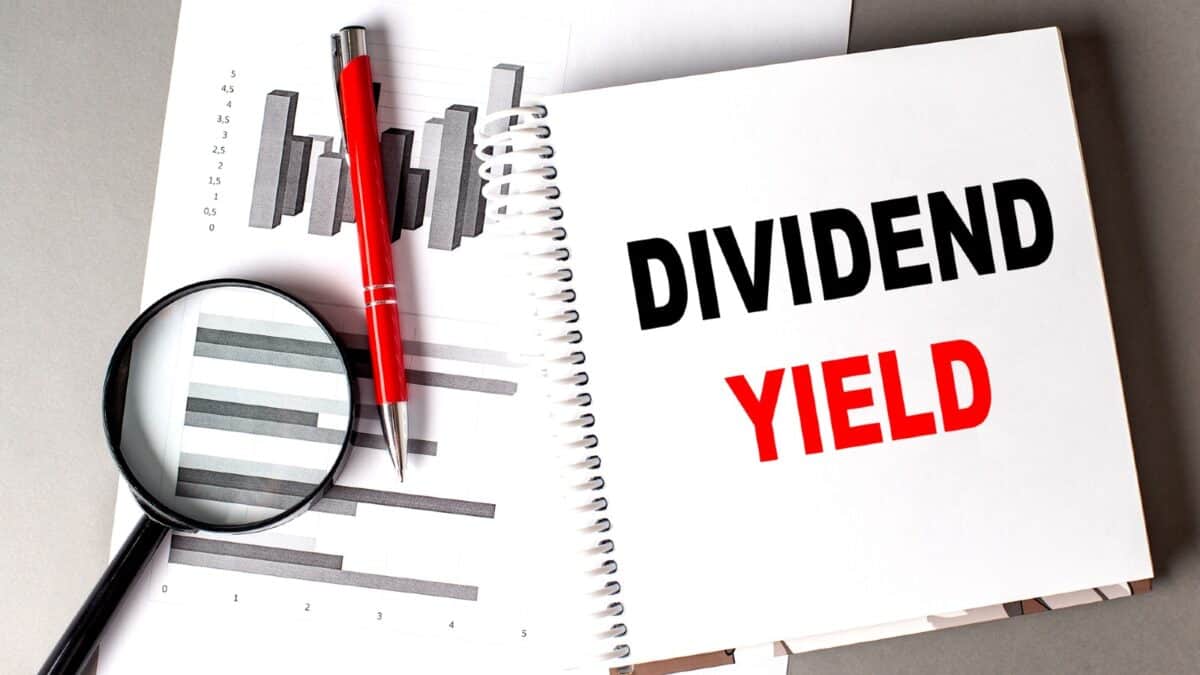Passive income is a rare and precious thing: money that comes in without demanding constant effort and labour.
It can flow in month after month, year after year, without the recipient having to actively work for it. In an ideal world, it will steadily increase over time, to combat inflation.
All that might sound too good to be true, but it’s possible to generate this by investing in FTSE 100 stocks that distribute regular dividends.
The average yield on UK blue-chip stocks is currently around 3.6% annually, with some offering returns as high as 7%, 8%, or in a handful of cases, even more.
Even better, as businesses grow their profits, they tend to boost their dividend payouts, meaning that income stream could expand over time.
Investing in dividend stocks
There’s another advantage. By reinvesting every dividend, investors can steadily accumulate more shares. These shares generate more dividends, compounding returns in an ongoing cycle.
And if the company’s share price rises too the investor’s capital will appreciate, increasing their overall wealth.
Stock market investments carry risks, and there’s no guarantee of profits. However, by spreading my investments across 15 to 20 different firms, my relative winners should outweigh any laggards, with luck.
Wealth manager M&G (LSE: MNG) offers one of the highest trailing yields on the entire index at 9.4%. That’s way more than any savings account pays. Plus there’s prospective share price growth on top.
Naturally, investing in shares differs from holding cash. Dividends aren’t guaranteed. Capital is at risk. The M&G share price has dropped 7% over the past year and 10% over five years. That will have eaten into the dividends.
A potential downside for M&G is that market volatility could hit the value of the assets it manages, while lower investor confidence could reduce fund inflows.
Another risk is that M&G funds are mostly actively managed, while in recent years investors have favoured trackers. This trend could continue, hitting demand.
Share price growth too
M&G shares could benefit if interest rates continue to slide, but there’s no certainty. I hold M&G myself. I think it’s well worth considering, especially for investors who favour income over growth.
I would suggest mixing it with lower-yielding stocks that have stronger growth potential. By adopting this balanced approach, it’s possible to target an average dividend yield of around 6% per year.
If an investor generated average annual capital growth of 5% on top, this would lift their overall total return to 11%.
If someone invested £2,000 today and left it to grow for 30 years, an 11% average annual return could increase their capital to roughly £45,785.
With a 6% yield, that would generate a passive income of £2,747 a year, which hopefully rises over time. Not bad from an initial £2k.
These numbers are estimates, but they illustrate how stock investments can provide a sustainable second income.
This post was originally published on Motley Fool






